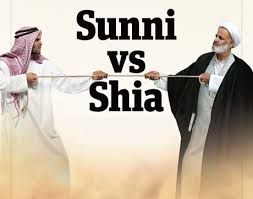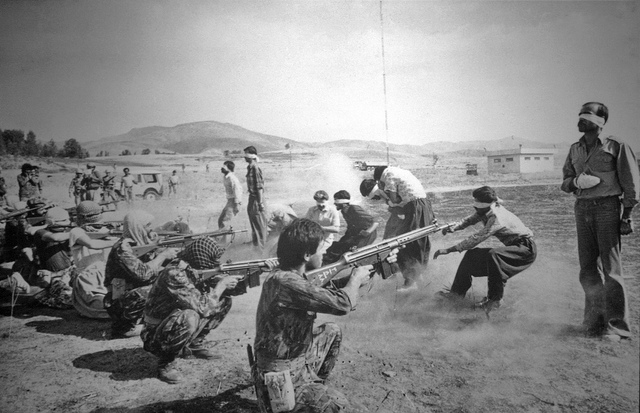10 Historical Conflicts Still Relevant Today
4. Sunni-Shia Conflict
Sunni and Shia Islam are the two major denominations of Islam. The demographic breakdown between the two denominations is difficult to assess and varies by source, but a good approximation is that 85–90% of the world’s Muslims are Sunni and 10-15% are Shia. Sunnis are a majority in most Muslim communities.
The historic background of the Sunni–Shia split lies in the schism that occurred when the Islamic prophet Muhammad died in the year 632, leading to a dispute over succession to Muhammad as a caliph of the Islamic community spread across various parts of the world, which led to the Battle of Siffin. The dispute intensified greatly after the Battle of Karbala, in which Hussein ibn Ali and his household were killed by the ruling Umayyad Caliph Yazid I, and the outcry for revenge divided the early Islamic community. Today, there are differences in religious practice, traditions, and customs, often related to jurisprudence. Although all Muslim groups consider the Quran to be divine, Sunni and Shia have different opinions on hadith.
Sectarian violence persists to this day from Pakistan to Yemen and is a major element of friction throughout the Middle East. Tensions between communities have intensified during power struggles, such as the Bahraini uprising, the Iraq War, and most recently the Syrian Civil War and in the formation of the self-styled Islamic State of Iraq and Syria and its advancement on Syria and Northern Iraq.







